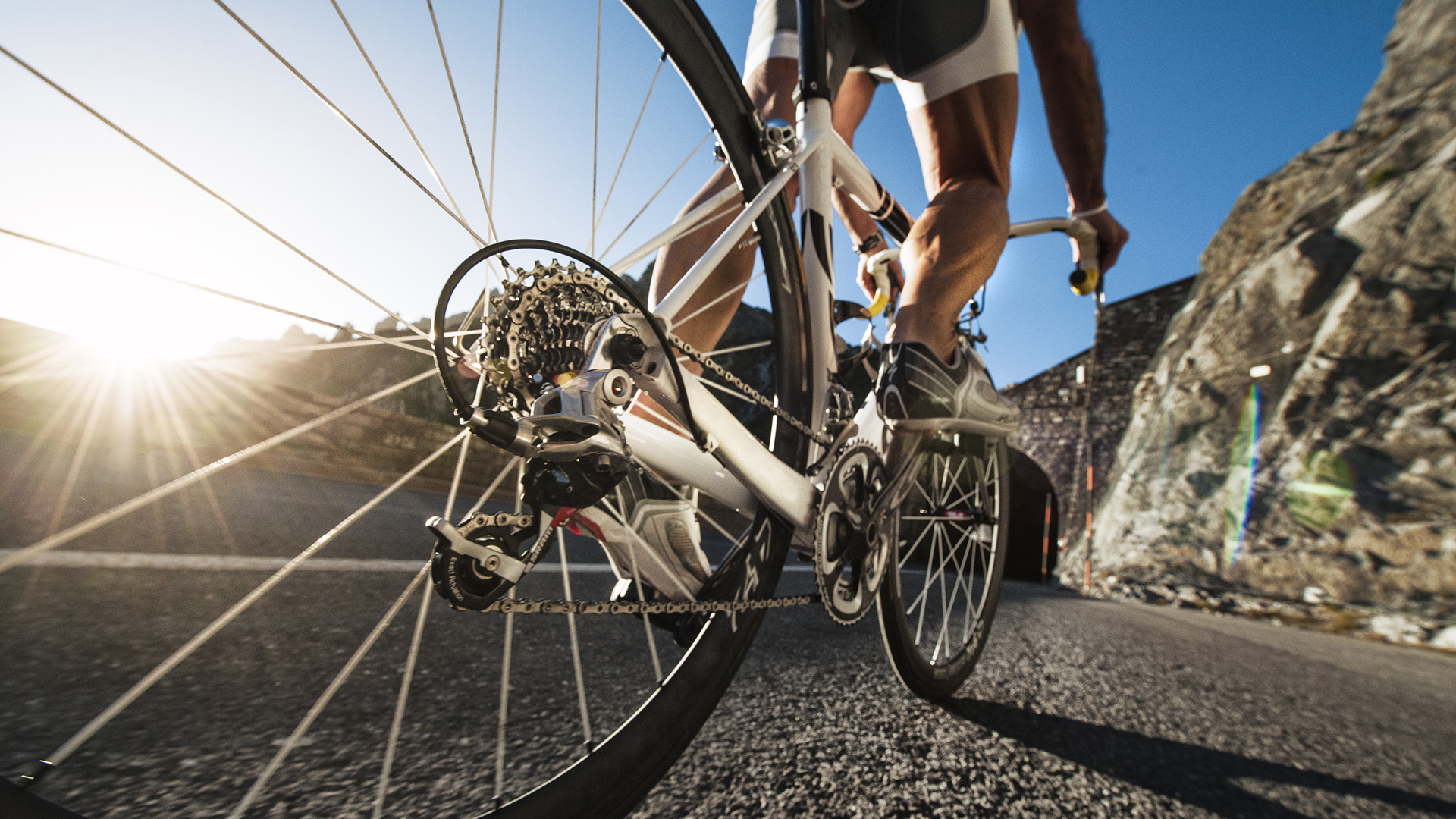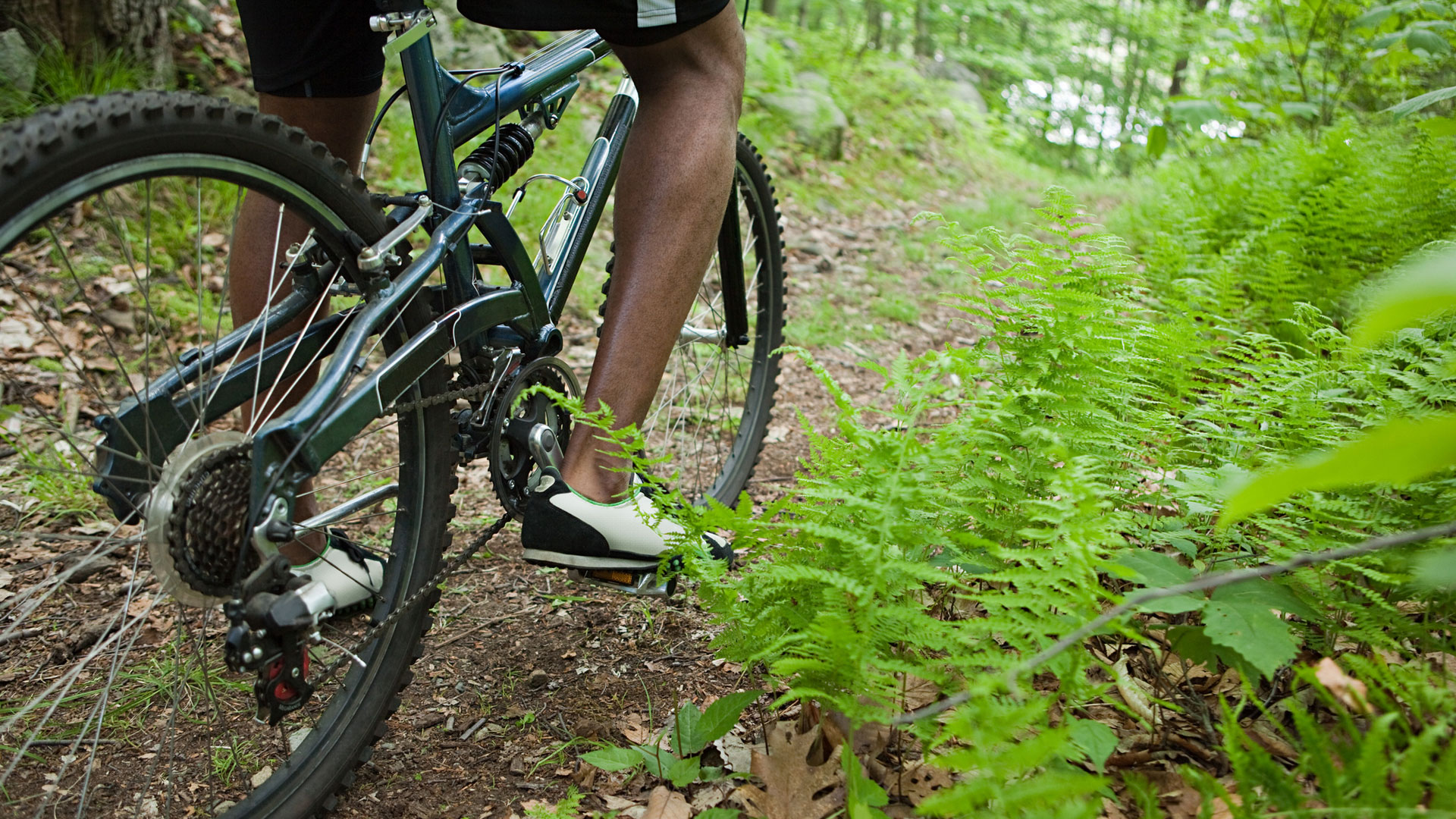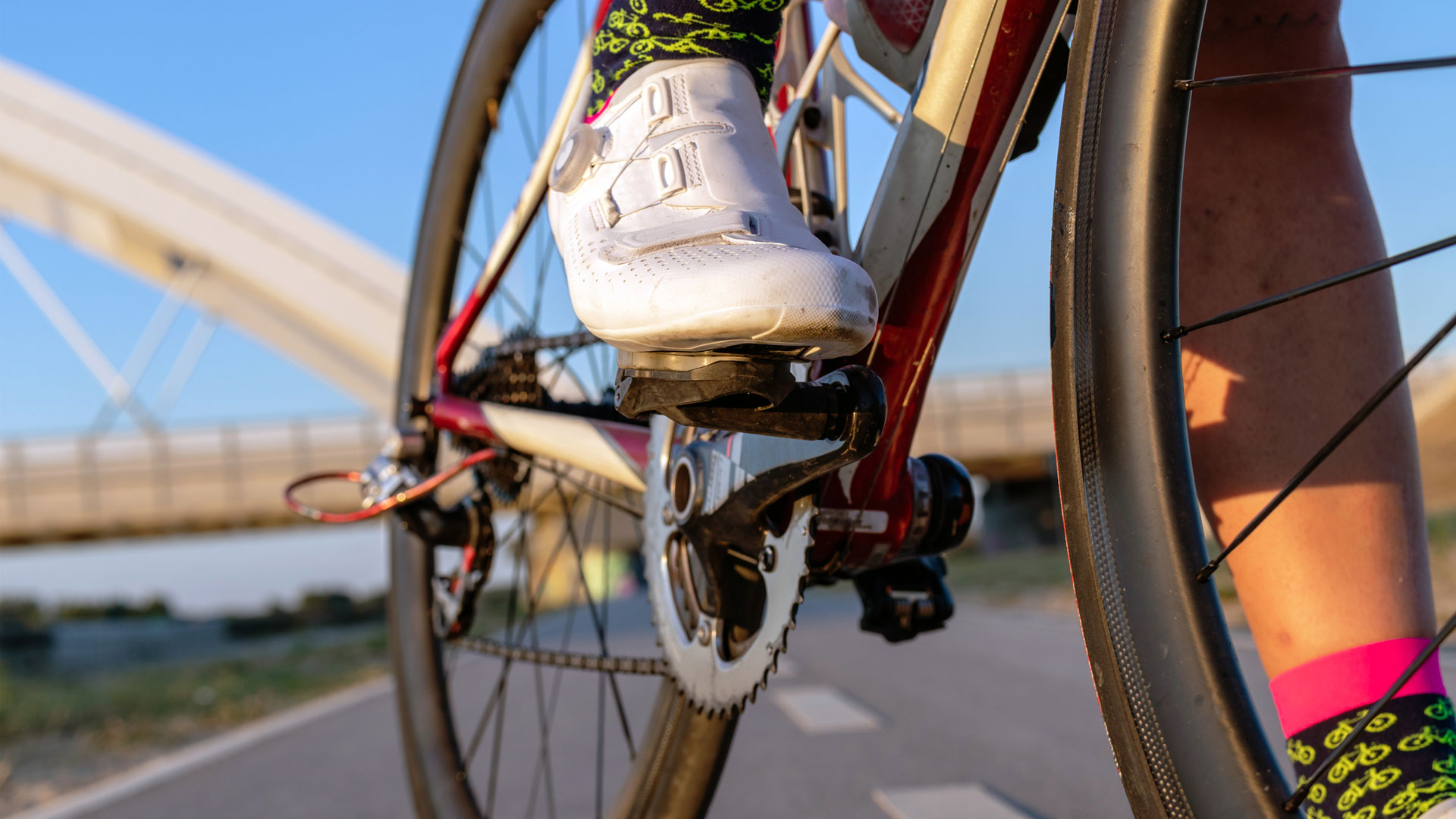How do cycling shoes work
How do cycling shoes work, and do you need them for indoor exercise bikes?

You may have seen road cyclists in full garb and wondered: how do cycling shoes work? And perhaps more importantly, questioned why they would a cyclist would even want cycling shoes in the first place. After all, surely it increases the likelihood of falling off… So, how do cycling shoes work?
Most cyclists who use clip-in shoes would hold their hands up and admit they may have fallen off their bikes on occasions at traffic lights, usually after forgetting to unclip a shoe from the pedal. However, the benefits of wearing cycling shoes that clip onto the pedals while riding make the slight risk of falling off worth it, due to the increase in control and power they provide when in the saddle. This is equally, if not more so the case with indoor exercise bikes, where the chances of falling off due to being clipped in are much less of a concern.
If you’re looking to buy an indoor exercise bike but are wondering how cycling shoes work and whether you need a pair for your new bike, we have all the information you need right here. If you've bought a Peloton, or you're looking for cycling shoes with Delta cleats, check out our guide to the best shoes for Peloton. You can also take a look at our guide to the best exercise bikes to see what's available at the moment.
How do cycling shoes work? An overview
Whether you're on a mountain bike, road bike or an indoor exercise bike, cycling is a great way to exercise without hurting knees. Cycling shoes that clip into pedals are somewhat confusingly known as ‘clipless’. This has nothing to do with their clip-in system, but because they replaced the older system of toe clips that riders used before clipless systems were introduced in the 1980s.
The two main clipless pedal and cleat systems are explained in more detail below. These two systems are the SPD system – used mainly by off-road cyclists and mountain bikers – and the road cycling system. They both work in broadly the same way. The cleat on the underside of the shoe clips into the pedal via a small spring-loaded mechanism on the pedal itself. Once it’s clipped in, you cannot remove the shoe from the pedal until you rotate your heel outwards.
• Related: Low impact workouts
There are many reasons why riders choose to use clipless pedals. They give you more control over the bike. They enable you to put more power through each rotation of the crank. And your feet won’t slip off the pedals, causing you to lose pedal momentum or even crack your ankle on the pedal as it spins round.
Research has shown that clipless pedals increase your power output while you ride as you are actively pulling the pedal up through the second half of the pedal stroke – this doesn’t happen when you’re not clipped in. In particular, a 2008 study by the International Journal of Sports Medicine showed that clipless pedals resulted in a significant increase in pedalling effectiveness during the upstroke (86% for elite cyclists and 57% for non-cyclists).
Mountain biking cycling shoes: How do they work?
Mountain biking (MTB) or off-road shoes usually use an SPD (Shimano Pedalling Dynamics) cleat. This is a small, two-bolt cleat that attaches to the exterior sole of off-road shoes (the shoes have the fixings built into them). The cleat then clicks into the SPD pedal (bought separately).

The advantages of SPD pedals are they allow for double-sided entry, so you can clip into either side of the pedal. Road cycling shoes can only clip into one side of the pedal. This often leads to spinning the pedal with the end of your shoe to find the right side while simultaneously pedalling, which can take practice.
To clip into the pedal you push your toes down on the front part of the pedal, then press down with your heel and the cleat clicks into the spring-loaded clip. To release your foot from the pedal, you twist your heel outwards. This can take a little practice at first, but once you have mastered the skill it quickly becomes second nature.
SPD cleats are easier than road pedals for new users to get the hang of. Clipping in and out is simple, and the double-sided pedal means you don’t have to flip the pedal to the correct side in order to clip in.
Road cycling shoes: How do they work?
Road cycling shoes usually feature either a Look cleat or an SPD-SL cleat, both of which are very similar designs. Look first introduced its clipless pedal system in 1984, and it was used by French pro cyclist Bernard Hinault, who won the 1985 Tour de France wearing them.
The cleat features a three-bolt design that, like SPDs, screws into the base of road-specific cycling shoes. This cleat then clips into the corresponding pedal.
These cleats are designed to be lighter as road cyclists often want to reduce as much weight as possible on the bike, in order to increase speed. Road cycling shoes differ from MTB shoes as they are designed with an ultra-stiff sole. This is meant to help when climbing, and overall they weigh less. The wider design of the cleat means you can also deliver more power to the crank as you pedal.
Cycling shoes: features to look out for
Recessed and non-recessed cleats
It’s worth mentioning that the other major difference between SPD and road cycling shoes is the recessed and non-recessed cleats that each type features. MTB’s SPD system means the cleat that screws onto the bottom of the shoe is small and does not impede walking when you are off the bike. It’s usually recessed below the level of the rubber tread on the sole, making walking in the shoes relatively easy. Shimano designed this system in direct response to Look’s non-recessed cleats to make walking in them easier for wearers.
Road cycling shoes on the other hand feature non-recessed cleats that stand out from the sole of the shoe. These make walking in them tricky to say the least. In fact, you’d describe it as more of a hobble due to the fact that they protrude from the sole.

Amount of float
'Float' refers to the amount of side-to-side movement your foot has while clipped into the pedal. Look pedals come in three different float options (0°, 4.5° and 9°) that will suit different riding styles and how much movement your knees require. The higher the amount of float, the more flexibility your knees have to move which will reduce injury (if you are prone to knee injuries). Most riders who are new to cleats are recommended to opt for 9° as it makes clipping in and out a little easier.
Spring tension
You can also adjust the spring tension on the pedals themselves. The tighter you adjust it, the more secure your connection with the pedals will be. This is an entirely personal preference as some riders like to know they can clip out easily, while others prefer a stiffer tension while riding. The latter requires a more forceful action to unclip (meaning you are less likely to accidentally unclip while riding).
Sign up for the Live Science daily newsletter now
Get the world’s most fascinating discoveries delivered straight to your inbox.
When not seeking out new running and cycling trails, Howard writes about all things health and fitness as a freelance writer for a range of newspapers, magazines and websites. Howard’s writing has featured in publications including ShortList, The Telegraph, The Times, T3, Mpora, The Week Junior, Red Bull, Red Bulletin, Runner’s World, Trail Running, Women's Running, Fit&Well, Cycling Weekly, Penguin.co.uk. Howard studied Journalism, Film and Broadcasting at Cardiff University, and also has a postgraduate diploma in Magazine Journalism from the same university.











